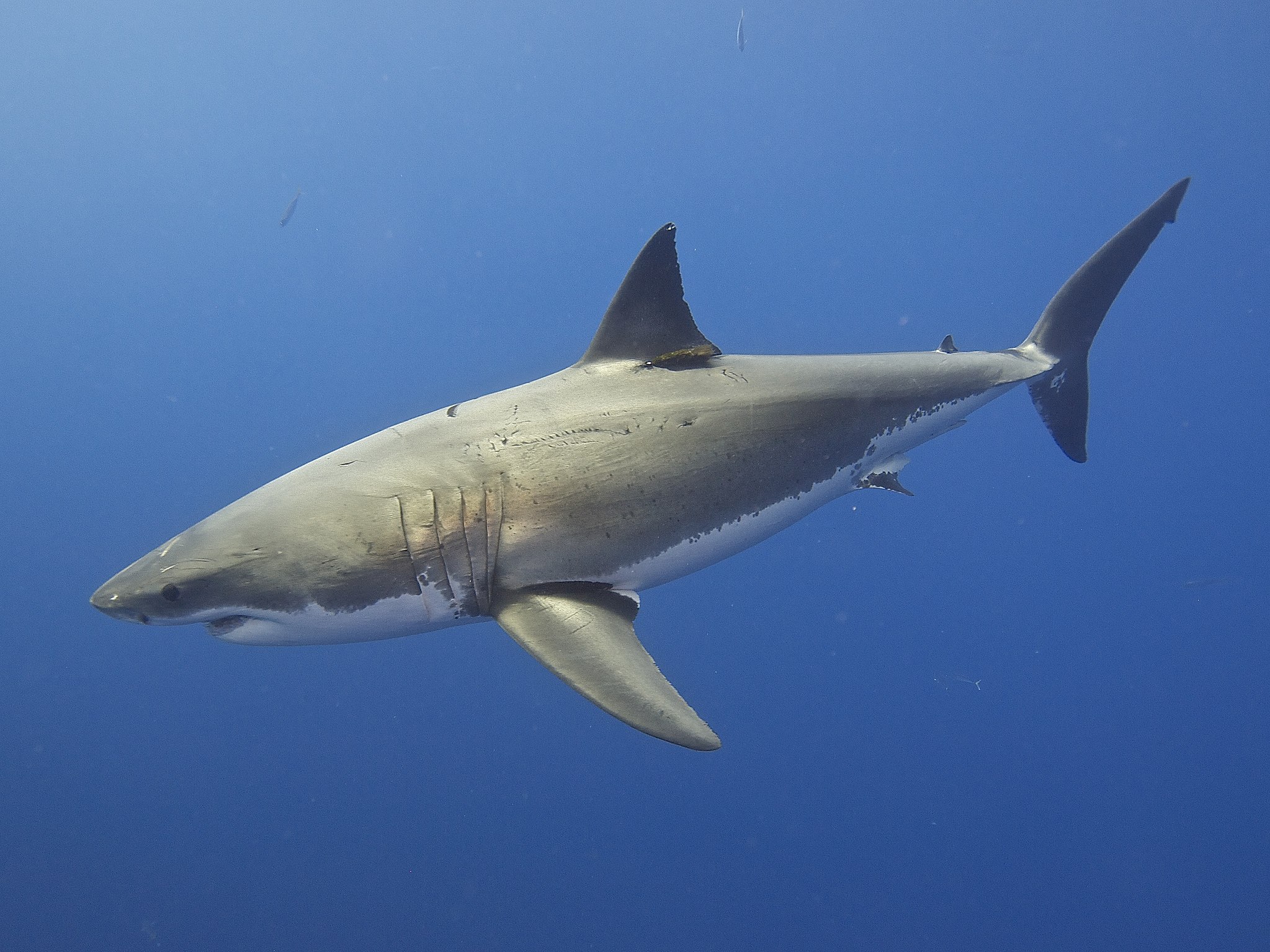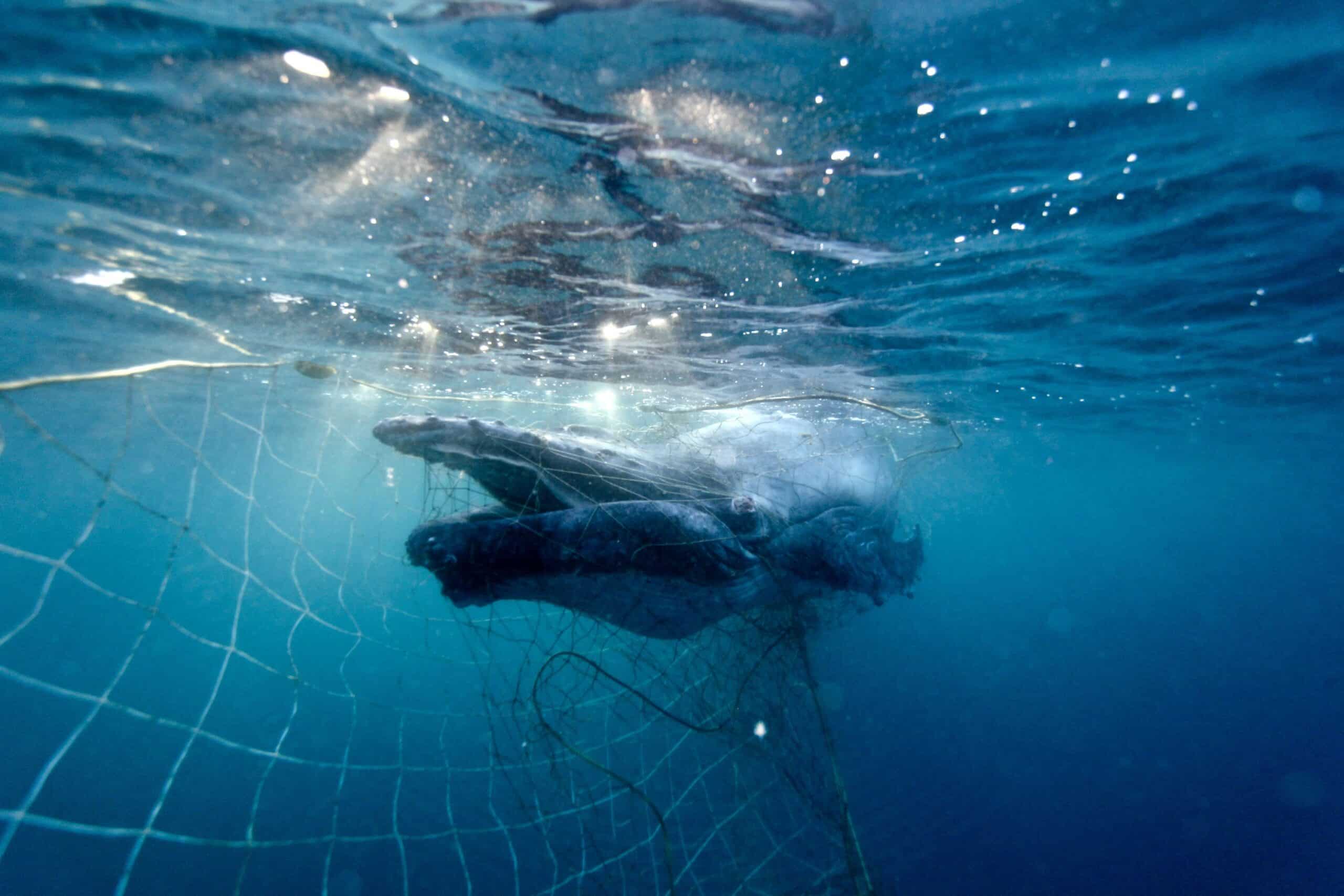Research shows that Australia’s great white sharks are highly related to each other and may consist of fewer than 500 breeding animals. SYDNEY, 24 June 2025: Latest research has found Australia’s great white shark population is much smaller than expected, increasing their vulnerability to further population threats. The population...
In the past week significant ground has been made in the marine environment, resulting in increased protection for the charismatic Australian sea lion, as well as many other marine species.
After ten long years of inaction, Humane Society International welcomed greater protection for Australian sea lions in Western Australia on 29th June, with the implementation of a network of gillnet exclusion zones around 33 breeding colonies, covering a total of 17,300 square kilometres.
Many of you, our supporters, helped achieve this by emailing the WA Fisheries Minister Dave Kelly and encouraging him to take action. This important step by the WA Minister, in the face of significant opposition from industry, will help to better protect the 2,000 Australian sea lions remaining in WA from being trapped and drowned in gillnets in the state’s shark fishery. As one of the primary threats to sea lions, it is important that these actions in the fishery are taken to prevent further declines in sea lion populations.

The WA gillnet exclusion zones build on measures put in place in South Australian waters in 2011, also following significant pressure from HSI. There, exclusion zones and other management measures were put in place for a Commonwealth gillnet fishery which was found to be killing Australian sea lions and dolphins in their nets.
Given the success in reducing sea lion deaths in that fishery, HSI together with our partners at Australian Marine Conservation Society and the Conservation Council of Western Australia, have been pressuring the WA Government to also take action. We believe it only right and fair for similar measures to be applied in WA as in SA, and it was a federal condition on WA’s fishery that the WA Minister was to introduce these exclusion zones. We thank the federal environment department for its important role.
We continue to hope that the combined effect of exclusion zones, as well as the network of marine protected areas that came into force around the country on 1st July, will help turn around Australian sea lion numbers. The protection of the critical habitat – feeding and breeding areas – for the Australian sea lion is a great first step in conservation efforts. In the meantime the increased protection provided by the network of marine parks can only benefit our marine wildlife, whether threatened or not.

HSI nominated the Australian sea lion for an uplisting to Endangered under the EPBC Act in order to better protect the species. Image: iStock.com/hummusntabouli
The Australian sea lion is found nowhere else in the world, and is also the rarest on the planet. Australian sea lions face many threats in addition to fishing. Whilst we welcome all efforts to reduce threats to this important species, concerns remain about its conservation status. So much so that in 2016 we submitted a nomination to uplist the Australian sea lion to Endangered under federal environment laws from its current status as Vulnerable. The verdict on our nomination should be made later this year.
The responsibility for ensuring the Australian sea lion’s future lies squarely in our country’s hands. Please join us in thanking the Federal Environment Minister Josh Frydenberg for ensuring WA enacted the gillnet closures and by asking him to now increase the legal protection afforded to the Australian sea lion by listing it as Endangered.
Blog Image: The gillnet ban around sea lion colonies will help protect the species from being caught as bycatch in fishing operations. Image: iStock.com/ShinOkamoto


